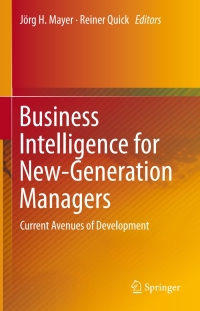Question
Question #1 Craig Company buys and sells one product. Its beginning inventory, purchases, and sales during calendar year 2015 follow: Additional tracking data for specific
Question #1 Craig Company buys and sells one product. Its beginning inventory, purchases, and sales during calendar year 2015 follow: Additional tracking data for specific identification: (1) January 15 sale200 units @ $14, (2) April 1 sale200 units @ $15, and (3) November 1 sale200 units @ $14 and 100 units @ $20. Required 1. Calculate the cost of goods available for sale. 2. Apply the four different methods of inventory costing (FIFO, LIFO, weighted average, and specific identification) to calculate ending inventory and cost of goods sold under each method using the perpetual system. Question #2 A company reports the following beginning inventory and purchases for the month of January. On January 26, the company sells 350 units. 150 units remain in ending inventory at January 31. Assume the periodic inventory system is used: 1. Determine the costs assigned to ending inventory when costs are assigned based on the FIFO method. (Round per unit costs and inventory amounts to cents.) 2. Determine the costs assigned to ending inventory when costs are assigned based on the weighted average method. (Round per unit costs and inventory amounts to cents.) Question #3 Warnerwoods Company uses a perpetual inventory system. It entered into the following purchases and sales transactions for March. (For specific identification, the March 9 sale consisted of 80 units from beginning inventory and 340 units from the March 5 purchase; the March 29 sale consisted of 40 units from the March 18 purchase and 120 units from the March 25 purchase.) Required 1. Compute cost of goods available for sale and the number of unit available for sale. 2. Compute the number of units in ending inventory. 3. Compute the cost assigned to ending inventory using (a) FIFO, (b) LIFO, (c) weighted average, and (d) specific identification. (Round all amounts to cents.) 4. Compute gross profit earned by the company for each of the four costing methods in part 3.
Step by Step Solution
There are 3 Steps involved in it
Step: 1

Get Instant Access to Expert-Tailored Solutions
See step-by-step solutions with expert insights and AI powered tools for academic success
Step: 2

Step: 3

Ace Your Homework with AI
Get the answers you need in no time with our AI-driven, step-by-step assistance
Get Started


